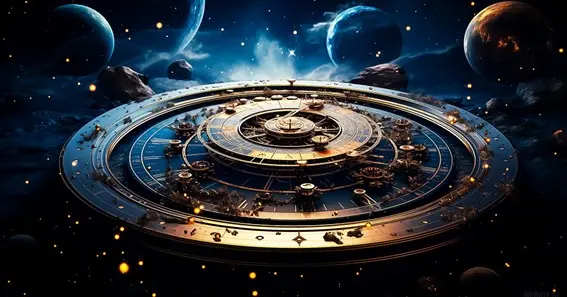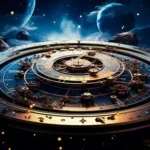A century is a unit of time that spans 100 years. Understanding how long a century is provides valuable context for interpreting historical events, cultural developments, and technological advancements.
Defining a Century
The term “century” originates from the Latin word centum, meaning one hundred. In the Gregorian calendar, which is widely used today, a century consists of 100 consecutive years. For example, the 20th century encompasses the years 1901 through 2000.
Calculating Centuries
Centuries are numbered ordinally. The 1st century includes the years 1 to 100, the 2nd century spans 101 to 200, and so forth. This numbering means that the century number is always one greater than the first two digits of the years it contains. For instance, the 21st century includes the years 2001 to 2100.
Historical Significance of Centuries
Dividing history into centuries allows for a structured analysis of events and trends. Each century often reflects distinct cultural, technological, and political developments. For example, the 19th century (1801–1900) was marked by the Industrial Revolution, while the 20th century (1901–2000) saw significant advancements in technology and two world wars.
Variations in Calendar Systems
While the Gregorian calendar defines a century as 100 years, other calendar systems may have different interpretations. For instance, the Hindu calendar groups years into cycles of 60, and the Aztec calendar considers periods of 52 years.
FAQ
1. How long is a century?
A century is 100 years.
2. When did the 21st century begin?
The 21st century began on January 1, 2001, and will end on December 31, 2100.
3. Why is the 1900s referred to as the 20th century?
Centuries are numbered one higher than the first two digits of the years they encompass. Therefore, the years 1901 to 2000 are called the 20th century.
4. Are centuries the same length in all calendar systems?
No, different calendar systems may define centuries differently. For example, the Hindu calendar uses cycles of 60 years.
5. How are centuries used in historical analysis?
Historians use centuries to categorize and analyze events, identifying patterns and developments over specific 100-year periods.










